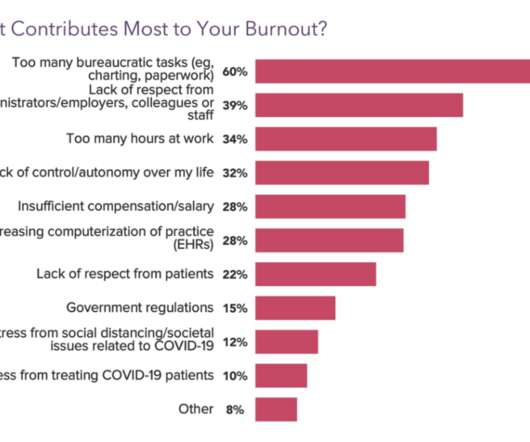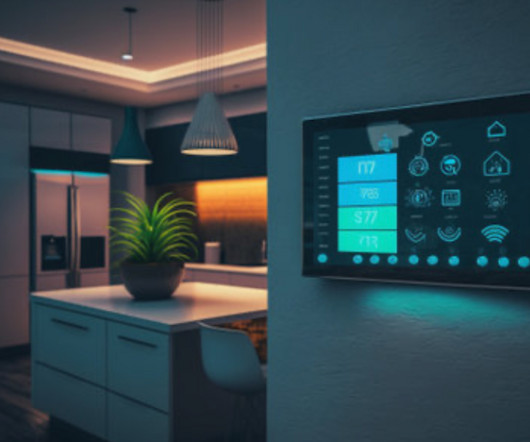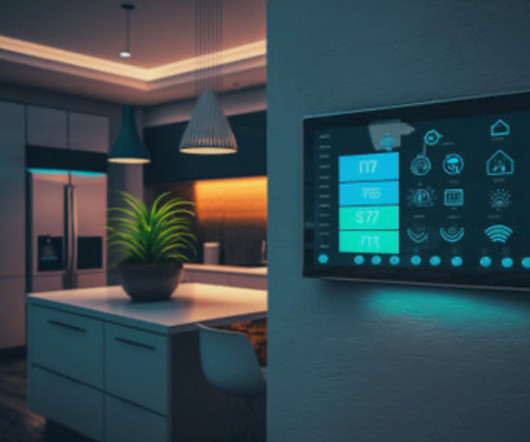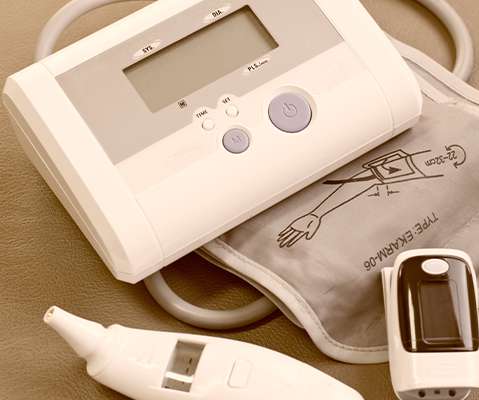Physicians More Bullish On the Benefits of Digital Tools for Patient Care, the AMA Tells Us
Health Populi
SEPTEMBER 16, 2022
This year’s study was designed to compare current clinicians’ perspectives with those garnered in the 2016 and 2019 studies. 93% of physicians see advantages in digital health tools for patient care, split by 44% seeing “definite advantages” and 49% seeing “some advantage.”













Let's personalize your content